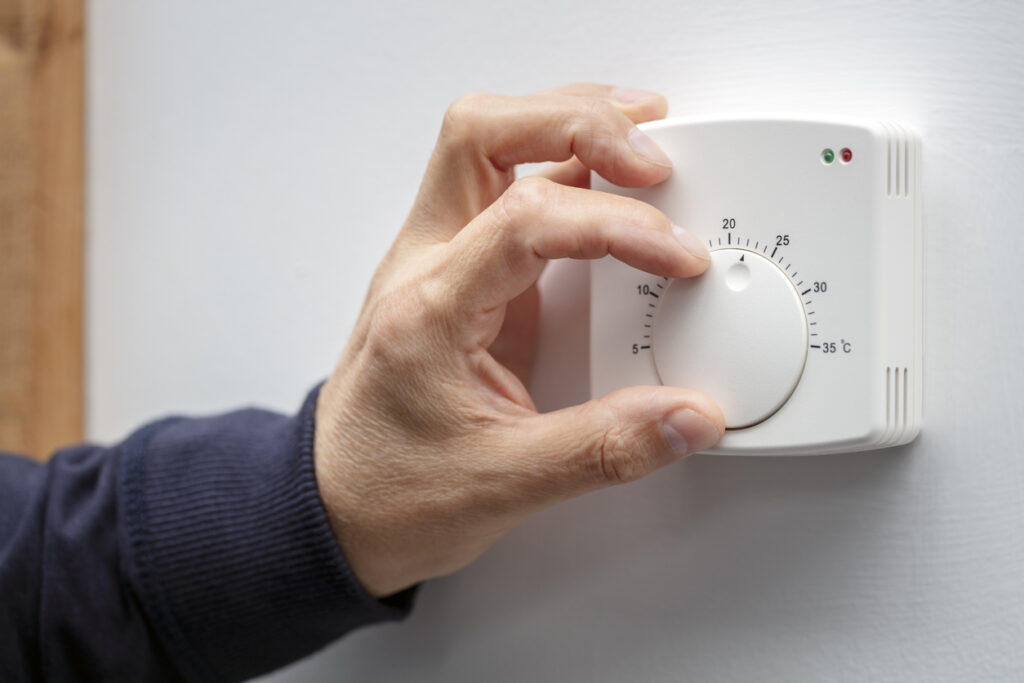As a homeowner, you may have noticed that your electricity bills can sometimes take a toll on your monthly budget. The good news is that there are ways to identify and mitigate energy waste, helping you save money while reducing your environmental footprint. One effective method to achieve this is through an energy audit.
Here, we’ll explore what an energy audit entails and how it can help you uncover energy inefficiencies in your home. We’ll guide you through the process of conducting your own energy audit, empowering you to make informed decisions about your appliances and electricity usage, ultimately leading to significant savings on your electricity bills.
Understanding Energy Audits
An energy audit is a comprehensive assessment of your home’s energy consumption patterns and efficiency. It involves analyzing various aspects, such as insulation, appliances, lighting, and heating/cooling systems, to identify areas where energy is being wasted.
By conducting an energy audit, you gain insights into how much energy each component consumes and how efficiently it operates.
Armed with this information, you can take targeted actions to optimize energy usage, reduce waste, and lower your electricity bills.
Conducting Your Own Energy Audit

While professional energy audits are available, you can also perform a DIY energy audit to gain a better understanding of your home’s energy consumption.
Here are the steps to conduct your own energy audit:
1. Assess Your Appliances:
Begin by evaluating your household appliances, as they are significant contributors to energy consumption. Check for energy-efficient labels on appliances, such as ENERGY STAR ratings, which indicate their energy-saving capabilities.
Identify older appliances that may be less energy-efficient and consider upgrading to newer, more efficient models. Look out for energy-hungry devices like old refrigerators or air conditioning units that may be costing you more in electricity bills than necessary.
2. Inspect Lighting:
Evaluate your lighting fixtures and bulbs to ensure optimal energy efficiency. Replace traditional incandescent bulbs with energy-saving alternatives like compact fluorescent lamps (CFLs) or light-emitting diodes (LEDs).
These bulbs consume significantly less energy while providing the same or better lighting output. Additionally, consider installing motion sensor switches or timers in rooms where lights are frequently left on unintentionally.
3. Evaluate Heating and Cooling Systems:
Heating and cooling can account for a substantial portion of your energy usage. Check your insulation to ensure it’s properly installed and providing adequate thermal resistance. Seal any air leaks around doors, windows, and ductwork to prevent energy loss.
Regularly clean or replace air filters in your HVAC system to optimize its efficiency. Consider upgrading to a programmable thermostat that allows you to set temperature schedules based on your daily routine.
4. Monitor Energy Usage:
Track your energy consumption over a specific period to identify patterns and high-energy consumption periods. Many utility companies provide online tools or apps that allow you to monitor and analyze your energy usage.
By understanding when and where you use the most energy, you can make adjustments and implement energy-saving habits accordingly.
5. Conduct a Room-by-Room Inspection:
Take a systematic approach by examining each room in your home. Look for potential energy-saving opportunities, such as turning off lights and electronics when not in use, utilizing natural light whenever possible, and optimizing window coverings for insulation.
Assess the efficiency of appliances and electronics, ensuring they are not consuming unnecessary power on standby mode.
6. Consider a Home Energy Monitor:
Investing in a home energy monitor can provide real-time information about your electricity usage. These devices connect to your electrical panel and provide detailed insights into which appliances consume the most energy.
By identifying energy-intensive appliances, you can make informed decisions about when and how to use them, ultimately reducing waste and saving money.
Using Energy Audit Information to Save Money

Once you have completed your energy audit and gathered valuable information about your home’s energy consumption, it’s time to put that knowledge into action and start saving money.
Here are some effective ways to utilize the energy audit findings:
1. Prioritize Energy Efficiency Upgrades:
Review the audit results and identify areas that require immediate attention. Start with the most energy-intensive appliances or systems, such as HVAC units, water heaters, or refrigerators, and consider upgrading them to energy-efficient models.
Look for appliances with high ENERGY STAR ratings, as they are designed to consume less energy without compromising performance.
2. Optimize Heating and Cooling:
Heating and cooling can account for a significant portion of your energy bills. Based on your audit findings, adjust the temperature settings on your thermostat to reduce unnecessary energy usage.
Consider implementing zoning systems or programmable thermostats to regulate temperatures in different areas of your home based on occupancy and usage patterns.
Proper insulation and sealing of windows and doors can also prevent heat loss or gain, reducing the workload on your HVAC system.
3. Practice Smart Lighting Habits:
Implement energy-saving practices when it comes to lighting. Make a habit of turning off lights in unoccupied rooms and utilize natural light whenever possible. Install timers or motion sensors that automatically control lighting in areas where people often forget to switch off lights, such as hallways or bathrooms.
Additionally, consider using task lighting instead of illuminating the entire room when only specific areas require light.
4. Unplug Unused Electronics:
Many electronic devices consume energy even when they are turned off or in standby mode. Use power strips to conveniently turn off multiple devices at once, cutting off their standby power consumption.
Unplug chargers, gaming consoles, and other electronics that are not in use, as they continue to draw power even when not actively used.
5. Make Energy-Saving Adjustments:
Small adjustments in your daily habits can lead to significant energy savings over time.
Encourage family members to be mindful of their energy usage, such as closing doors promptly to maintain temperature zones, running full loads in dishwashers and washing machines, and avoiding unnecessary use of high-energy appliances during peak hours.
6. Monitor and Track Progress:
Continue monitoring your energy usage after implementing energy-saving measures. Compare your current consumption with data collected during the energy audit to assess the effectiveness of your efforts.
Use online tools or apps provided by utility companies to track your progress and receive personalized energy-saving recommendations.
7. Seek Professional Help:
If you feel overwhelmed or want more precise recommendations, consider consulting with a professional energy auditor or an electrician. They can provide in-depth insights into your home’s energy efficiency and suggest tailored solutions to maximize savings.
Professional auditors may use advanced tools like thermal imaging cameras to detect insulation gaps or air leaks that are difficult to identify on your own.
An energy audit empowers homeowners to take control of their energy consumption and make informed decisions to reduce waste and save money. By conducting your own energy audit and implementing energy-saving measures, you can significantly reduce your electricity bills while contributing to a more sustainable future. Remember, small changes and smart choices add up to significant savings over time. Start your energy audit today and enjoy the benefits of a more energy-efficient home.

